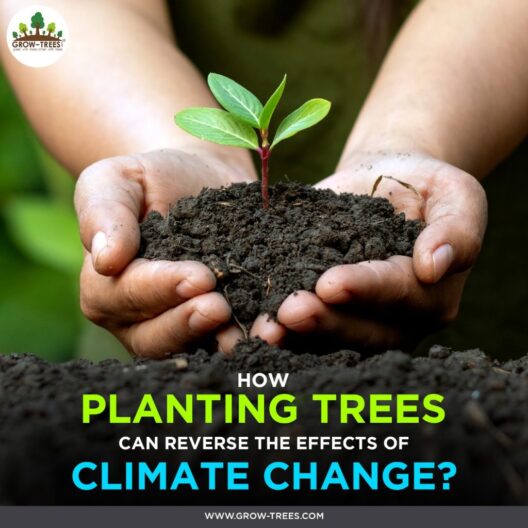Florida, often dubbed the “Sunshine State,” is a kaleidoscope of climates, enveloping its inhabitants in a warm embrace. The state’s enchanting weather tapestry spans both tropical and subtropical zones, making it a region of peculiar charm and allure. With an average annual temperature that flirts with the 70s and highs that often stretch into the 90s, Florida’s climate serves as a perennial invitation to bask beneath its radiant sun.
As one traverses the state, the climate morphs seamlessly from one region to the next. The southern tip, including locales like Miami and Key West, basks in a tropical climate. Here, summer reigns supreme, with humidity levels that can douse even the most ardent sunbather in a torrential sweat. The sultry air is enriched with the salty tang of the ocean, blending exquisitely with the scent of tropical flora. Palm trees sway languidly, their fronds whispering the tales of balmy breezes that have swept across shores for millennia.
The allure of Florida’s climate lies not only in its warmth but also in its captivating seasonality. While many states experience the overt drama of four distinct seasons, Florida’s seasonal changes are more subtle, akin to the gentle unfolding of petals on a flower. Winter casts a benign influence, offering respite from the harsh cold that grips much of the nation. In December through February, temperatures seldom plummet below the 50s, providing a perfect milieu for snowbirds seeking refuge from frigid northern winters.
Yet, Florida’s climate is more than just sunshine and mild winters; it is a complex relationship with moisture. Humidity is a key player, saturating the atmosphere, especially during summer. This humid subtropical climate invites the annual monsoon. Afternoon thunderstorms, akin to nature’s perfumed orchestra, erupt with a flourish, drenching the land before dissipating in a symphony of raindrops and fading thunder. These storms are a double-edged sword; they not only invigorate the rich biodiverse ecosystems but also serve as a reminder of the persistent dance between water and earth.
The cyclical change from the humid highs of summer to the drier, cooler winters offers a canvas where flora and fauna thrive. The iridescent landscapes of Florida are a vibrant palette, punctuated by the vivid greens of dense wetlands, the lapping blues of expansive coastlines, and the rich browns of sprawling hardwood forests. The Everglades, a World Heritage site, exemplifies this climatic harmony, with its subtropical wetlands serving as a critical habitat for countless species. This sprawling oasis is pivotal to the state’s climate narrative, as it represents a delicate equilibrium that is under constant threat from both natural and anthropogenic forces.
In sharp contrast to the tranquil rhythms of winter, the summer brings an almost palpable energy. The summer months see Florida transformed into a veritable cauldron of activity. Tourists flock to its sandy shores, seeking refuge from their daily lives. The average temperature can soar well into the 90s, and heat indexes can push it even higher. The state’s coastal cities buzz with life, as the sun dips low on the horizon, casting a golden glow across the water and inviting night owls to revel in the nightlife.
However, the beauty of Florida’s climate must be tempered with caution. The state’s vulnerability to hurricanes is a relentless specter looming over its sunlit shores. Each year, the Atlantic hurricane season, spanning from June to November, serves as a stark reminder of nature’s formidable power. The coastal communities brace themselves for potential cyclonic fury, while prepared residents hunker down, conjuring memories of storms past and hoping for a serene outcome. The hurricane is a paradox; it is a destructive force that can lay waste to landscapes, yet it also plays a vital role in redistributing heat and moisture across the atmosphere.
Intriguingly, the climate not only supports a rich ecosystem but also fosters a unique social fabric. The warmth and regularity of Florida’s climate engender a culture imbued with outdoor living and communal activities. Festivals celebrating food, music, and art thrive under the radiant sun, drawing diverse populations together. Concepts of resilience and sustainability emerge in bright relief, as communities rally to protect their natural heritage and adapt to the challenges of shifting climate patterns.
Moreover, Florida’s climate is a canvas splashed with the hues of biodiversity. The state houses an extraordinary array of wildlife, from the elusive manatee drifting leisurely through warm waters to the majestic alligator, the dinosaur of swamps. The subtropical climate forms a habitat for over 600 species of vertebrates, turning Florida into a natural sanctuary. Yet, this beautiful biosphere is precariously gripped in a tug-of-war against climate change. Rising temperatures and shifting rainfall patterns pose dire threats to its intricate ecosystems, demanding that both the government and its citizens engage in earnest dialogues about conservation and sustainability.
In summation, Florida’s climate, with its unique interplay of tropical and subtropical elements, is a compelling narrative of warmth, diversity, and complexity. It is a milieu that invites exploration while simultaneously presenting formidable challenges. As the state grapples with the realities of climate change, there remains a silhouette of hope—engendered by resilient communities committed to protecting their environmental legacy. Each sunny day serves as a reminder that while the Sunshine State offers a playground for many, it also beckons its inhabitants to tread carefully and thoughtfully into a future intertwined with the delicate threads of nature’s fabric.








